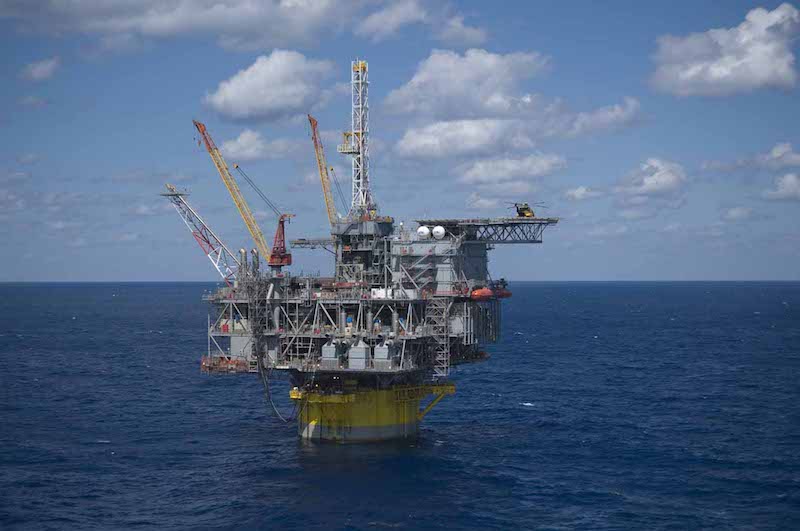Yesterday was a fateful day in the life of the recovering deepwater drilling business. Due to the overbuilding of equipment and sharply rising costs, the depression in the deepwater market has gone on longer than the downturn that began with the 2014 collapse in oil prices.
But suddenly, deepwater has sprung to life with multiple discovery announcements. The news has shocked people as it seems the oil and gas industry’s total focus has been directed to the prolific Permian Basin in West Texas where ExxonMobil recently announced plans to triple its output to 600,000 bbls. per day (bpd) by 2025, while also planning to invest $2 billion in new production and transportation infrastructure.
Are higher oil prices the key to these new discoveries? It can’t hurt, especially as Brent oil prices have crossed the $70-bbl. threshold. The details of the offshore discovery announcements point to the significance of prior investments in easing the commercial decisions about the new discoveries. In the western Gulf of Mexico, Royal Dutch Shell, with its 40% partner Chevron, announced yesterday the success of its Whale well drilled to a 23,000' depth about 200 miles southwest of Houston. Significantly, this new discovery is only 10 miles from Shell’s huge Perdido platform, which should allow a subsea tie-in to speed the new wells development.
No sooner had the Shell announcement been made than Chevron announced a new discovery with its 40% partner Total. The Ballymore well, Total’s largest Gulf of Mexico discovery, lies three miles from Chevron’s Blind Faith platform, again providing a facility for a subsea development tie-in.
As the majors have pushed to reduce offshore drilling and development costs, the existence of neighboring producing facilities eases the threshold for reaching commercial status for the new discoveries. Often overlooked is that historically in offshore drilling recoveries it is the close-in wells that stand the best chance for leading the parade of new discoveries.
The good news offshore was also helped by BP’s announcement of two successful wells in the North Sea. There are few details about the wells, but they appear to also lie near existing producing facilities. BP owns the Capercaillie well in the central North Sea, and is the majority owner, along with partners Shell and Chevron, of its Achmelvich well in the northwest corner of the North Sea. These new discoveries should help BP achieve its goal of doubling its 200,000 bpd of production from the North Sea.
There is nothing like a plethora of deepwater discoveries to boost the optimism of drillers and service companies. These announcements appear to follow the pattern of past offshore discoveries, which gives industry players more confidence that the worst is now behind them. Recovering oil prices and improved cost controls will support more offshore activity.




